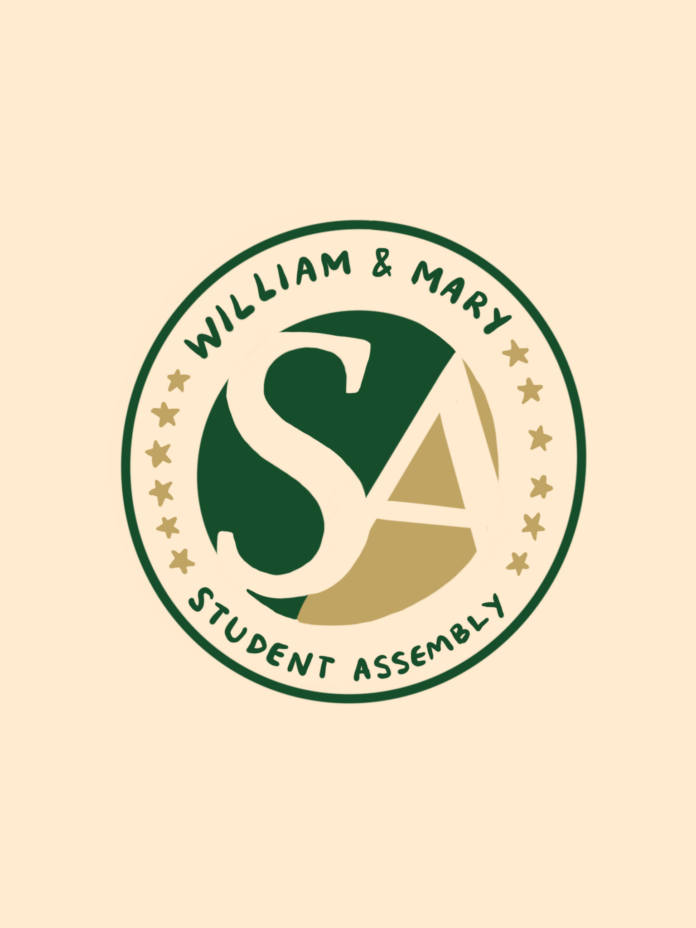Nina Argel ‘28 is a prospective public policy major on a pre-law track. She is a Monroe Scholar and a Class of 2028 Senator. Contact her at nbargel@wm.edu.
The views expressed in this article are the author’s own.
Our generation thrives on acronyms. As kids who grew up with technology and social media, these shortcuts are everywhere, simplifying and adding personality to our everyday language. But at the College of William and Mary specifically, we seem to love acronyms. From the ISC to LDOC, learning the abbreviated campus lingo is practically a rite of passage. While acronyms are convenient, they can also be misinterpreted when there are other meanings associated with the same acronym — some of which can be triggering for certain people.
This brings me to one of the campus’s most prominent acronyms: “SA.” For most, it’s short for “Student Assembly,” but this acronym is easily associated with “sexual assault.” This double meaning is one that I’ve come to experience misinterpreted firsthand. First, as a new student wondering what the “SA” logos stood for, and now as a Student Assembly senator. While I’m proud to be a part of SA, I can’t help but feel that this acronym could use a rebrand.
Like most first-years, I was unaware of all of the College’s student-body-specific lingo when I first arrived on campus. I didn’t even know that “the Commons” was actually called Caf, and I had no idea what “PBK” was. So while thrown into the absolute chaos that was Orientation — disoriented by both fatigue from the sudden influx of daily steps, as well as the obscenely high temperatures that week — I was caught off guard by the big green and gold “SA” logo I saw everywhere.
I remember thinking, “Is that about sexual assault or some Title IX thing?” Like I said, it could’ve been the fatigue or the heat skewing my interpretation of that logo, but the fact that I thought the same thing at every club fair or occasional encounter with the logo seemed kind of concerning. If I thought this every time I saw the acronym, how many members of the student body associated “SA” with the meaning of “sexual assault” instead of the College specific meaning “Student Assembly?”
Of course, I eventually learned that it stood for “Student Assembly,” which is incredibly ironic because I have just recently joined it. I absolutely love serving as a senator — getting the hang of making changes and how the College works as a whole — but one specific change that I would love to see is the changing of this acronym.
“SA” became more widely known as an abbreviation for sexual assault fairly recently, largely through the increased reinforcement of this meaning via social media and the internet. This was especially seen on platforms such as Instagram and TikTok, where creators began to use this acronym while discussing personal experiences and awareness.
According to Psychology Today, social media has made an impact on how Generation Z communicates. From the common brevity of content to the quick efficiency of a direct-message, it’s obvious that our generation enjoys speedines, which is why the colloquial nature of abbreviations makes sense. And with the internet acting as an epicenter for ideas, the spread of an idea — like sexual assault’s association with “SA” — can easily continue to reach larger audiences and establish meanings.
Specifically in the Class of 2028, I have seen the constant connection made between sexual assault and the acronym “SA.” Turns out, lots of my peers have the same assumptions about the same letters. Especially during the first month of school, I would come across conversations that both sounded like a broken record and a reflection of my own thoughts. “Is ‘SA’ about sexual assault?”
After joining Student Assembly, the conversations about “SA” proliferated, but under different circumstances; now, I was receiving concerns as a senator, not only as a listening friend. The shift to receiving concerns as a Senator highlighted just how pervasive this shared misunderstanding has become. What began as a passing association in students’ minds became a recurring conversation — one that made me think deeper about campus culture and problems that go unspoken.
The association between “SA” and “Student Assembly” might seem minor to some, but it can trigger many, especially sexual assault victims. On a campus where students and staff work to foster a supportive, welcoming environment, I believe that it’s important to make sure that everyone feels safe — even if it comes down to acronyms. Addressing this student concern, no matter how small it may appear, isn’t just a value I hold as Senator, but also as a member of the William & Mary student body, and I would love to see the change.

